When we look out into our space it becomes evident that we are merely one person in a vast universe. There is still so much about space that we do not understand, but over the last 60 years, we have been able to study and figure out what is happening out there. However, the Average American does not know the answers to these basic space questions. Are you ready to test your knowledge and figure out if you are above average? (Read: The Typical American Can’t Answer These President Questions.)
To create a list of basic space questions that the average American doesn’t know, Moms Who Think consulted multiple websites including space.com, National Geographic, and National Geographic Society.
Q. How big is the sun?

©Elen11/iStock via Getty Images
When it comes to basic space questions, this is a common one. We all know that the sun is so huge in the grand scheme of things. But how big exactly?
A. The radius of the sun is 432,450 miles.

©remotevfx/ via Getty Images
To put this size in perspective, we could take 109 earths and line them across the face of the sun. That is how big the sun is in diameter. The sun also makes up 99% of our solar system’s mass.
Q. How long is a day on Mercury?

©iStock.com/buradaki
We know that a day on Earth is 24 hours, but a day on Earth is not the same as a day on other planets.
A. 59 Earth days

©NASA images/Shutterstock.com
A day on Mercury is around 59 Earth days. This is because the planet itself spins very slowly. In fact, the length of one day on Mercury is 1,408 hours.
Q. How are black holes created?

©iStock.com/Petrovich9
There is just something very intriguing about a black hole. They can seem both terrifying and interesting. But how exactly do black holes form in space?
A. Black holes are created in a couple of ways.

©iStock.com/buradaki
The first way a black hole is formed is when massive stars explode and die.
Another way that black holes are formed is when gas collapses.
Q. Can you hear anything in space?

©Blue Planet Studio/Shutterstock.com
Sometimes, it’s fun to imagine how our lives or actions would be different if we were to take a trip into space. We know we have to wear those suits, but could we participate in normal everyday activities?
A. No, you cannot hear anything in space.

©Elena11/Shutterstock.com
The answer to this question may surprise you but no we cannot hear anything in space. The reason for it is because there’s no air in space and because of this sound waves don’t exist in space.
Q. What is the hottest planet in our solar system?

©19 STUDIO/Shutterstock.com
Have you ever thought about what the hottest planet in our solar system is?
A. Venus

©iStock.com/3quarks
Venus has a very thick atmosphere full of many gases. The greenhouse effect that it has is very close to the one on Earth, making it the hottest planet in our solar system at approximately 465°C.
Q. How much does a Nasa space suit cost?

©LightField Studios/Shutterstock.com
NASA space suits do a terrific job of protecting our astronauts as they travel into space. Since they have to function in several different ways, how much do they cost?
A. Neil Armstrong’s suit cost $100,000 at the time.

©Castleski/Shutterstock.com
Space suits range in price. The Apollo 11 Neil Armstrong space suit was around $100,000 when he wore it. That makes it closer to $670,000 in today’s economy.
Q. How long is a day on Venus?

©Artsiom P/Shutterstock.com
Another common basic space question, Venus is the second planet to the sun, but its orbit is much slower than the Earth. So, how long does it take to complete one day on Venus?
A. 243 Earth days.

©Johan Swanepoel/Shutterstock.com
A day on Venus takes about 243 Earth days. Another fun fact is that Venus rotates in the opposite direction than Earth.
Q. Does water exist in space?

©dima_zel/iStock via Getty Images
We know that there are so many different objects up in space, but have you ever asked if there is water in space?
A. Yes!

©"Enceladus - July 15 2005" by Kevin M. Gill is licensed under BY 2.0. - Original / License
There are several different water systems or oceans that have been found in space. Many of these oceans are on other planets’ moons.
Q. What happens if you don’t wear a space suit?

©LightField Studios/Shutterstock.com
We all know the importance of a space suit in space, but what exactly would happen if you did not wear one?
A. You would die almost immediately.

Not having a space suit is a very reckless idea. Since there’s no air in space, you would die from a lack of oxygen. There’s also no air pressure, which means that your fluids will boil and freeze.
Q. How many miles per hour does the Earth travel around the sun?

©iStock.com/Thaweesak Saengngoen
We know that the Earth traveling around the sun is what gives us our year, which is 365 days roughly. But how fast is it moving?
A. 67,000 mph

©iStock.com/KingJC
The orbit of the Earth around the sun is around 67,000 mph. Even though it’s very fast, we don’t feel it moving because it’s always at the same speed.
Q. How far is the Earth from the sun?
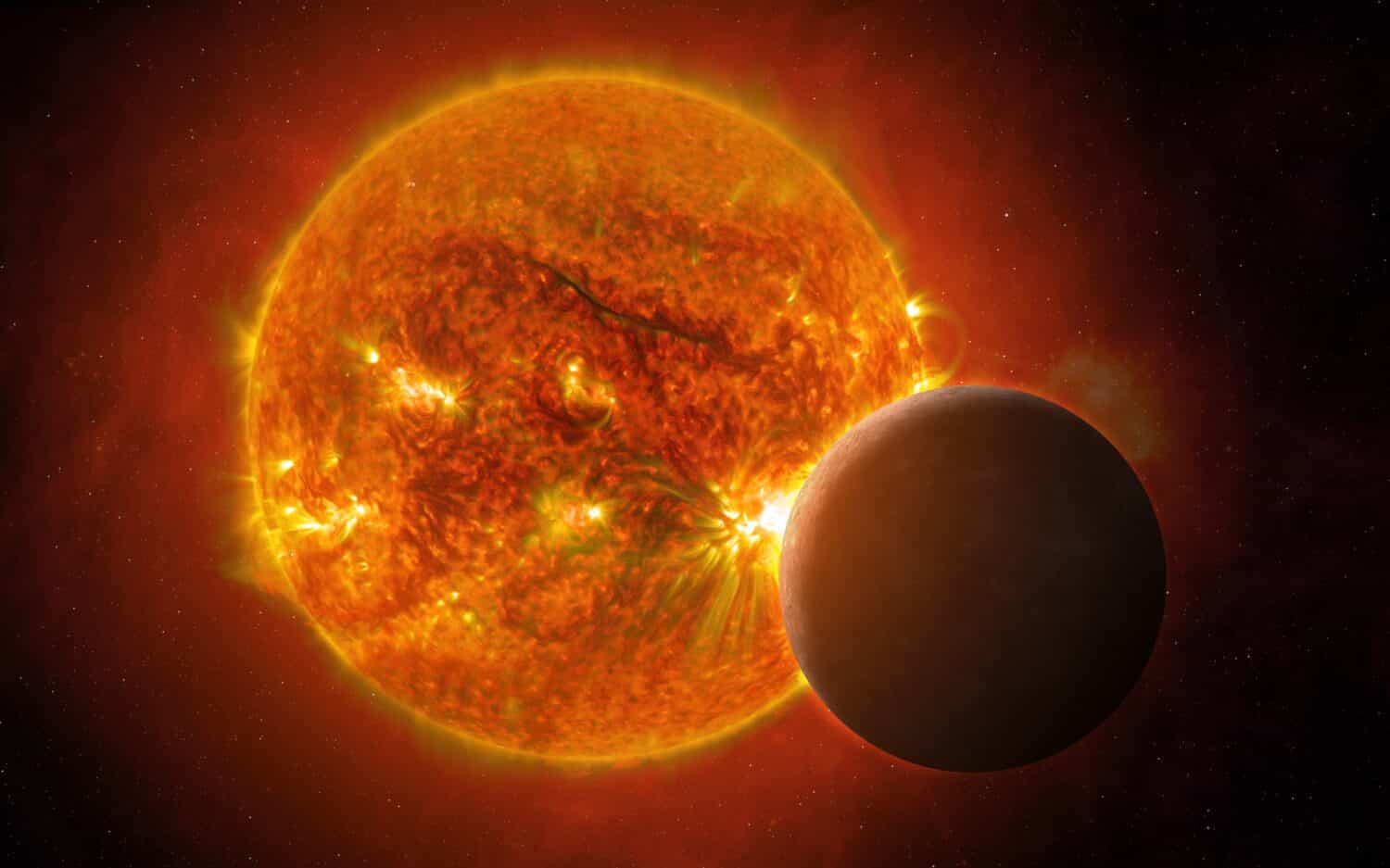
©buradaki/Shutterstock.com
To put the size of the universe in perspective, let’s look at how far away the Earth is from the sun.
A. 149,597,870,700 AU meters or 92.103 million miles.

©Pitris/ via Getty Images
But we know that the Earth and the sun do not stay the same distance constantly. Therefore, this is just a rough estimate.
Q. Why does Uranus spin sideways?

©NASA images/Shutterstock.com
Most of the planets spin on their axis almost the same way. In a clockwise position, like there is an invisible pole sticking from north to south right through the middle. But there are a few exceptions.
A. They believe Uranus had a collision.
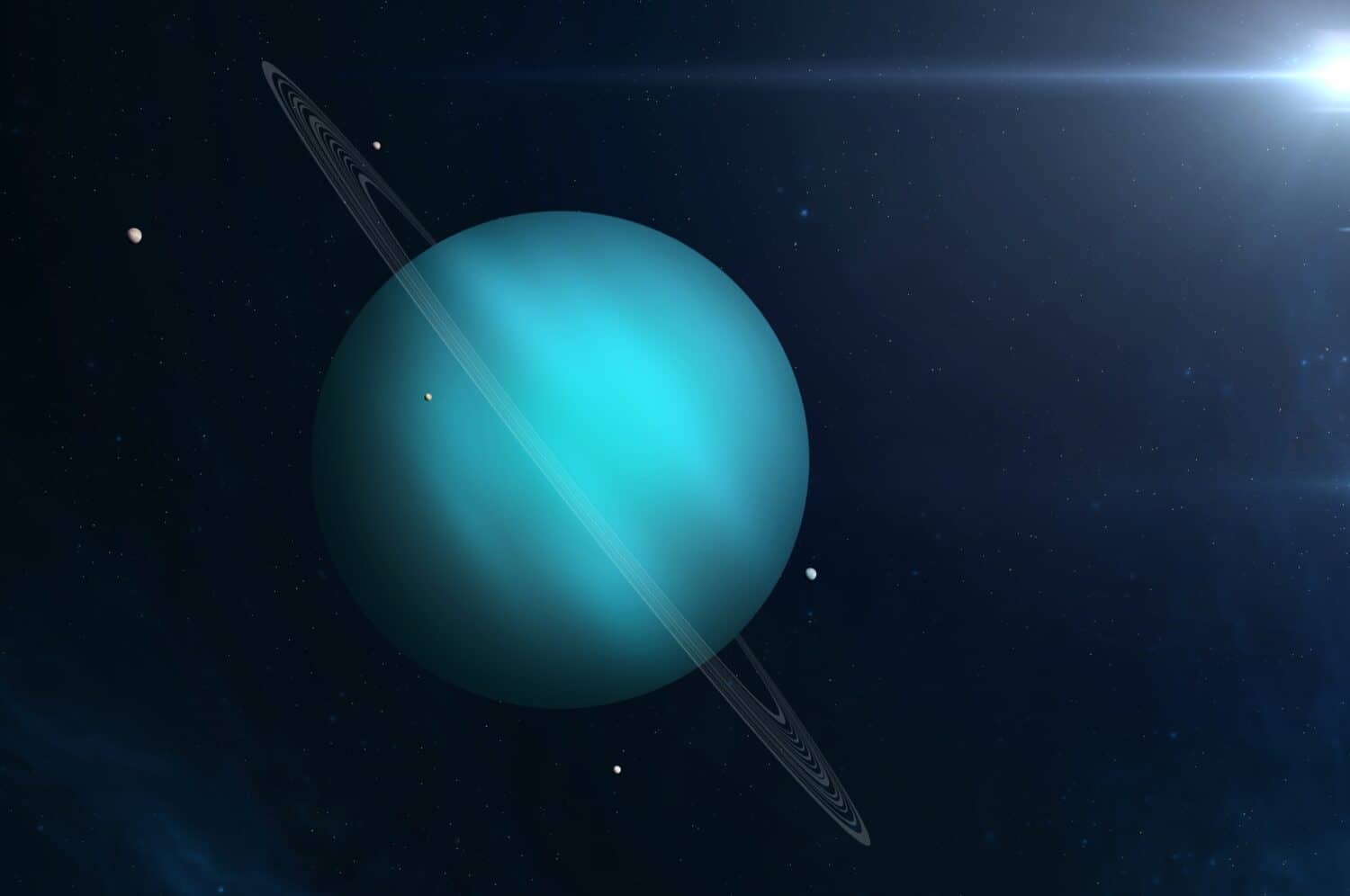
©buradaki/Shutterstock.com
Knowing what we know about the rotation of planets, there’s the question of why Uranus is spinning on its side in the world.
There is a theory that Uranus had a collision at some point during its life with an object close to the size of Earth. This collision knocked it off its axis and destabilized it.
Q. What planets have spacecraft been to?
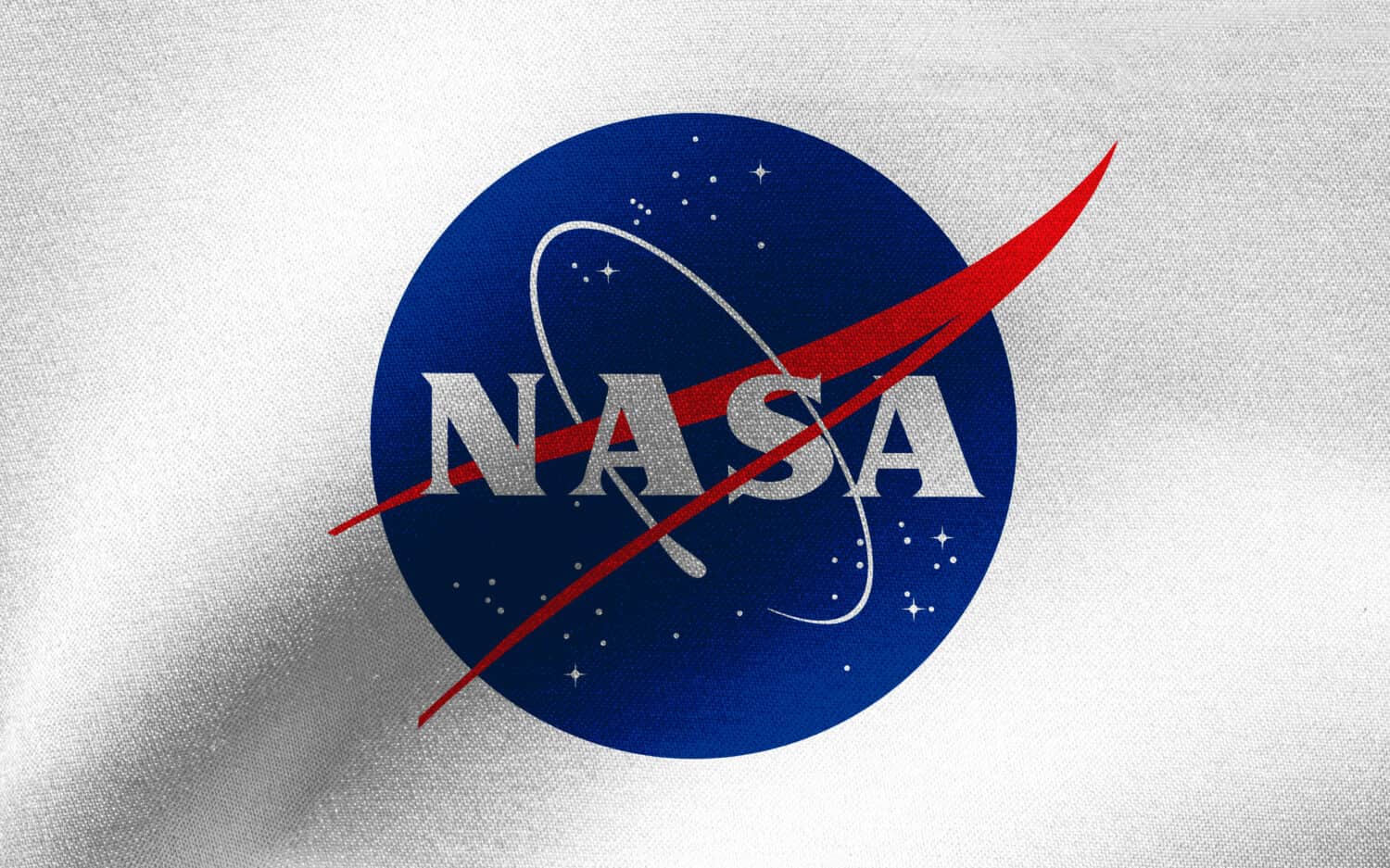
©Andrii Myronov/Shutterstock.com
What planets in our solar system have we seen with space crafts?
A. All of them.
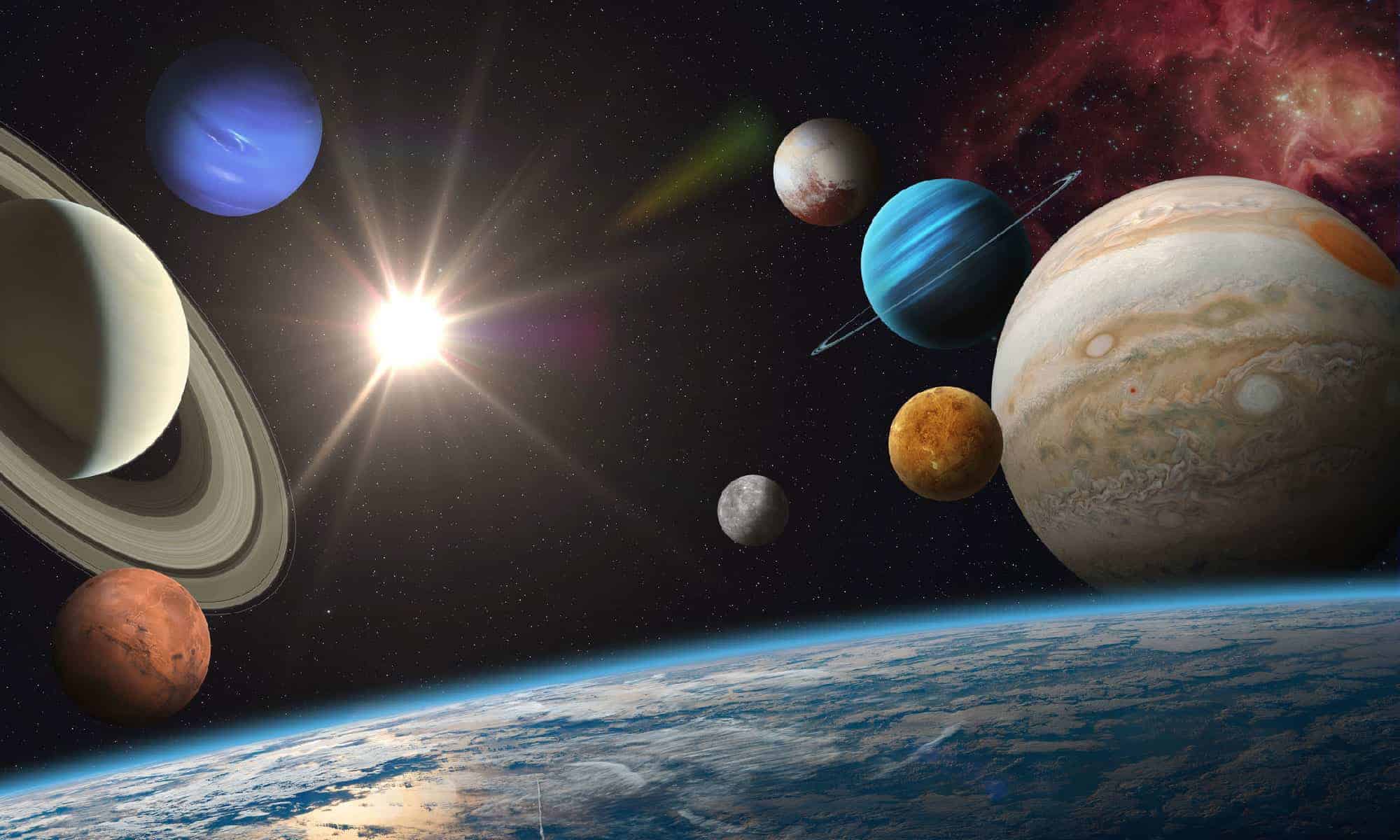
©iStock.com/buradaki
We have sent space crafts to explore every planet in our solar system.
Q. What are the ring systems on some planets?

©Vadim Sadovski/Shutterstock.com
Every planet looks different. But what exactly are those rings?
A. Several types of particles.

©Elena11/Shutterstock.com
These ring systems are made up of several types of particles. These particles include dust, ice, dust, and moon particles.
Q. How many planets have ring systems?
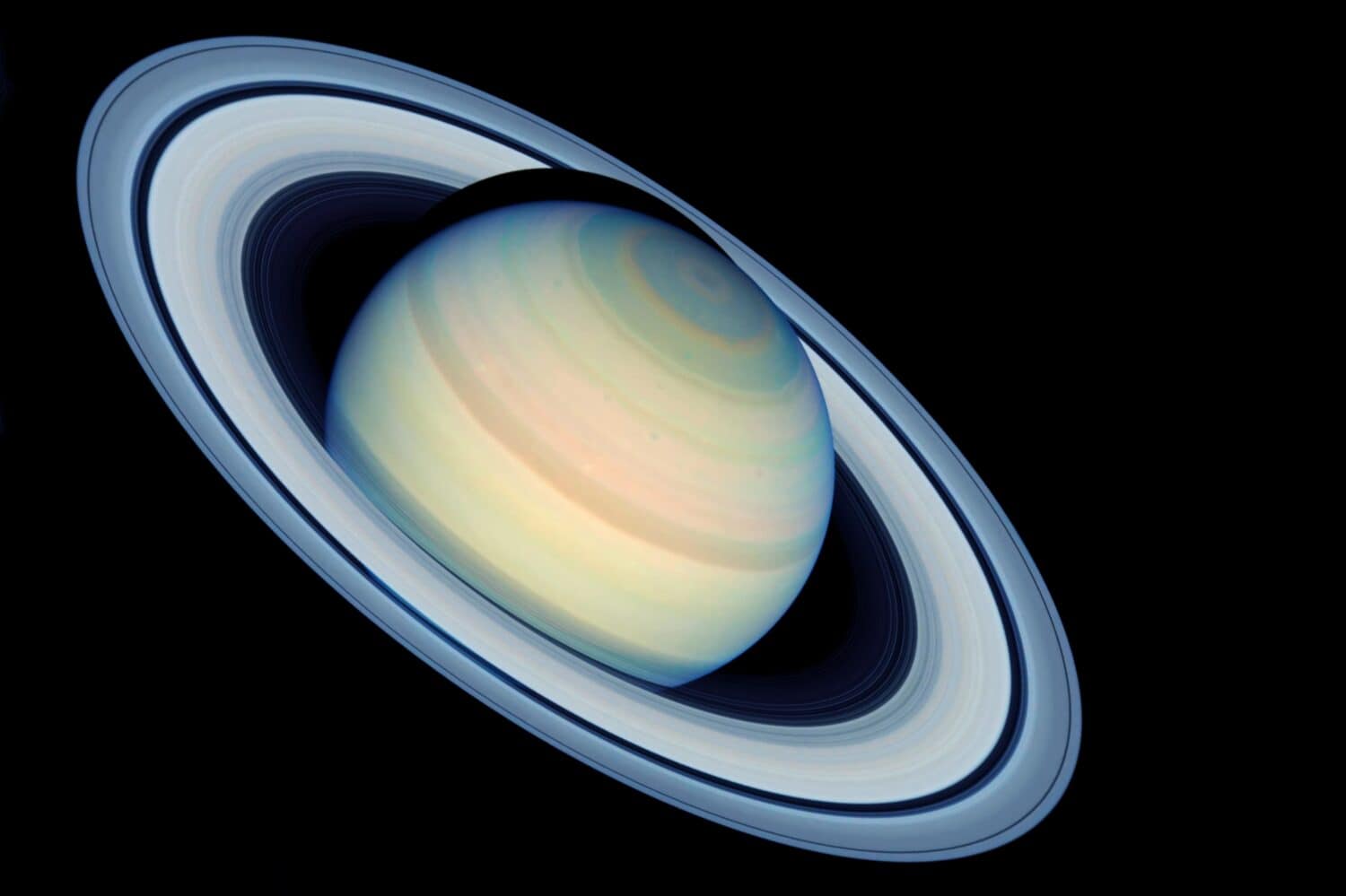
©Artsiom P/Shutterstock.com
How many of our planets have these ring systems?
A. Four

©buradaki/Shutterstock.com
These planets are Neptune, Saturn, Uranus, and Jupiter.
Q. What is a Van Allen Belt?

©Negro Elkha/Shutterstock.com
Van Allen Belts may seem like a foreign word and concept. What exactly are they?
A. High energy radiation particles trapped in a magnetic field.

©studio23/Shutterstock.com
These can be dangerous and even deadly. However, astronauts can pass through very quickly and be okay.
Q. How many stars are in the universe?

Looking up into the night sky is magical, especially when thousands of stars radiate in the sky. How many exactly are up there?
A. Approximately 200 billion trillion stars.

©iStock.com/mik38
There’s no way to know for sure, but scientists believe there to be around 200 billion trillion stars.
Q. Will the Apollo astronaut’s footprints ever go away?

Have you ever wondered if evidence of man on the moon will ever disappear?
A. Maybe. But not for at least a million years.

©JLStock/Shutterstock.com
Since there is no wind or rain on the moon, the footprints of our moon expedition will stay put for a very long time — at least during our lifetimes.
Q. Why does Jupiter have a red spot?

©Dotted Yeti/Shutterstock.com
Jupiter has a dark, swirling red spot. What exactly is it?
A. A storm

©joshimerbin/Shutterstock.com
Jupiter has a very high-pressure storm in its atmosphere. This storm is easy to spot, though it has been shrinking for some time.
Q. Who was the first person to go to outer space?

©Castleski/Shutterstock.com
We know Neil Armstrong walked on the moon. But who was the first person in space?
A. Yuri Gagarin

©"Yuri Gagarin by Jorit" by Jorit is licensed under BY-SA 4.0. - Original / License
Gagarin traveled to space for the very first time on April 12, 1961. How terrified would you be?
One Last Note

©Dima Zel/Shutterstock.com
How did you do on these basic space questions? Did you learn something new? Now, test your knowledge of world history.
The image featured at the top of this post is ©Elena11/Shutterstock.com.